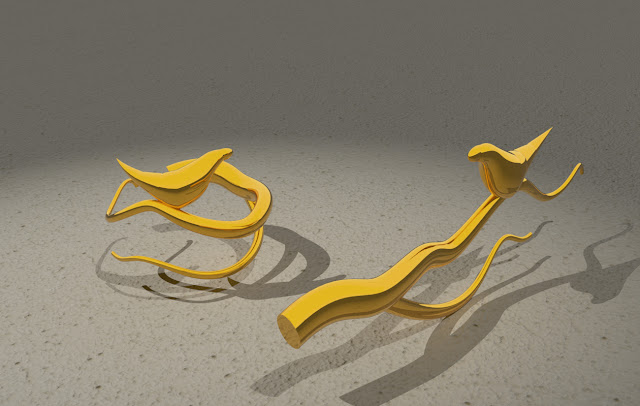Mâché-do About Paper
Papercraft - modern, ancient. An accessible material that can produce impressive sculptural work but also can require an almost inaccessible amount of time, energy and patience. A two dimension writing surface co-opted in three dimensional art. There's a wide field of work being produced with an assortment of tools aided by many types of paper available, and it becomes clear that papercraft isn't necessarily a unified practice, but instead on overarching term in which many sub-categories exist using the same material with different tools to different ends.
Vincent Tomczyk is a papercraft artist who has been documented by Colossal for their extremely life-like paper objects that mimic everyday items - clothing, seating, utilitarian objects. In their own artist statement, Tomczyk describes the use of these objects to connect and to recapitulate the emotional essence of the original in a functionless simulacra. Many of the objects are well-worn, hinting at a history of use that is illusory only.
The nature of the objects, hand-painted, created without digital printing or preplanned sketches, at realistic size, means that each composition can take over a hundred hours. But Tomczyk notes that it's important to them that each piece is complete and functional and relates the beginning of their creative process to aiding their father in workshop construction. The end result is relational sculpture with complex narratives about fragility, function and emotional relationships to objects.
I chose this artist because I appreciated the relational aspects of the work. Each piece invites not just contemplation but a conversation. It was interesting to see how functional the artist chose to make their work and there is a question of how functional each piece would be if put to traditional use.
I appreciated how most of these pieces could never exist outside of a safe space like a gallery. Viewers must see and comprehend them in that social setting. This invites questions about safe spaces, fragility and the value of what is ostensibly of "little value" due to it's material component and inability to be used as the original object was. At that same time, hours have been sunk into each piece and there is a nostalgic value in the narrative of each piece.






Comments
Post a Comment